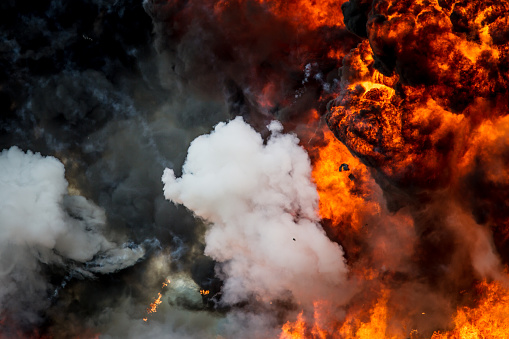- Russian Dam Disaster: Assessing the Cost of Failed Safety Practices
- Analyzing the Human Element of the Russia Dam Disaster
- Turbine 2: How a Track Record of Uncertainty Led to Disaster
- Russian Dam Disaster: A Reckoning for Bypassed Safety
- When Running People Past Their Breaking Point Effects Safety: The Bayer Crop Science Incid…
INCIDENT
Williams Olefins Incident- The Day Multiple Safety Errors Led to a Major Chemical Plant Blast
Part 2: The errors that should have been avoided
On June 13, 2013, the Williams Olefins chemical plant in Geismar, Louisiana blew up, killing two workers and injuring 167. The main cause of the explosion was an inability to control pressure building up inside of a propylene fractionator — a distillation column that separates propylene and propane.
How did the company get to the point where such a catastrophic incident occurred? It started out with a concept that seemed to make good business sense. Instead of running their two reboilers (Reboiler A and Reboiler B) that served to cool the propylene fractionator simultaneously and shutting down the process when they fouled, why not operate one at a time?


